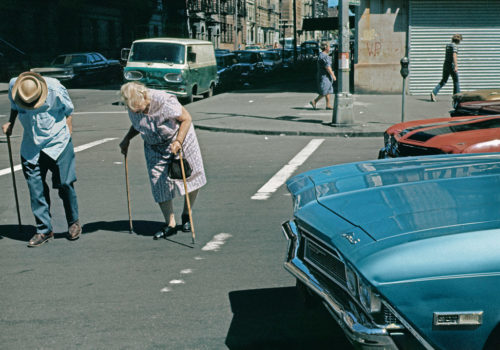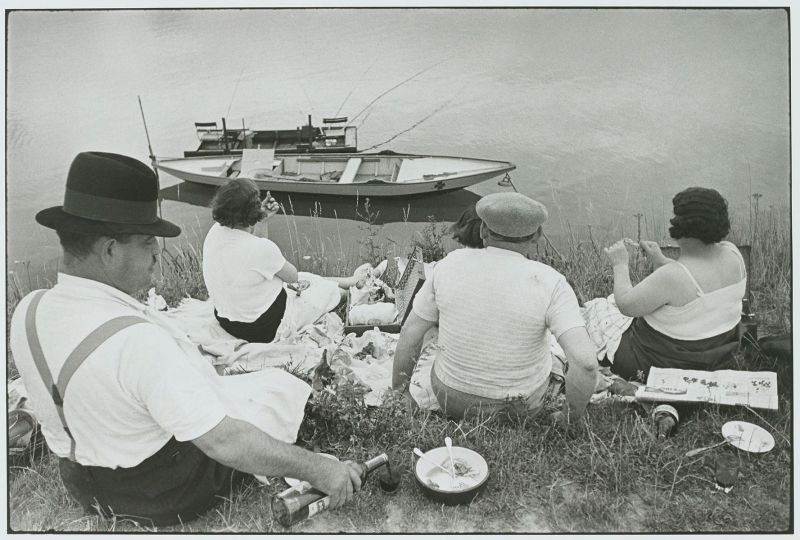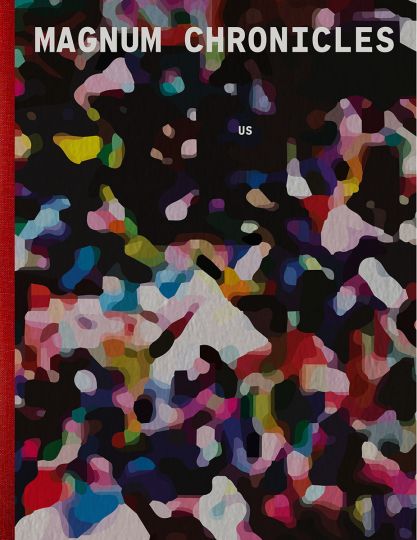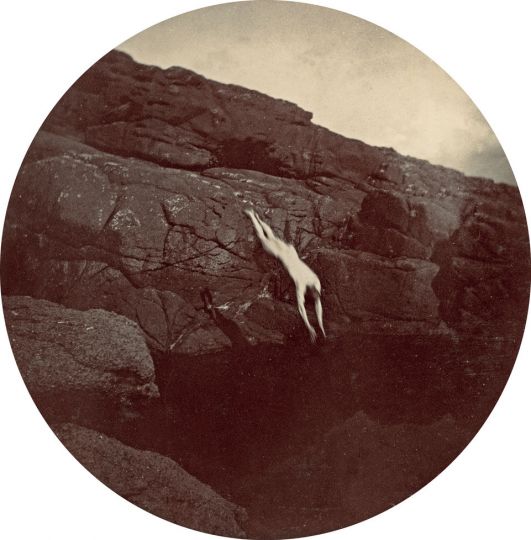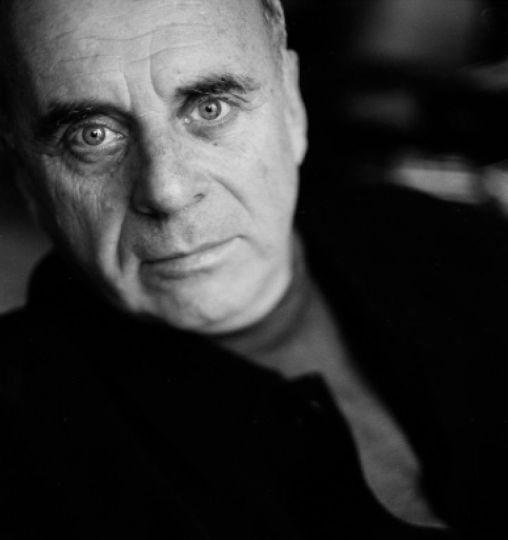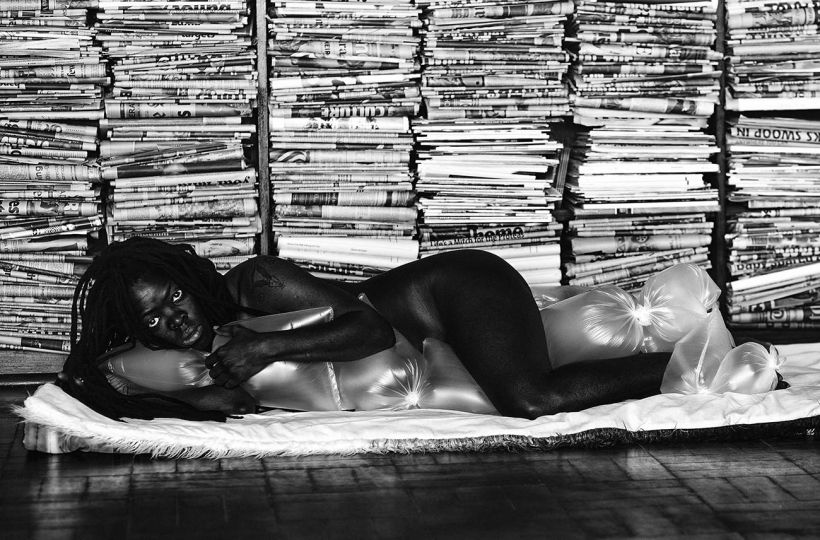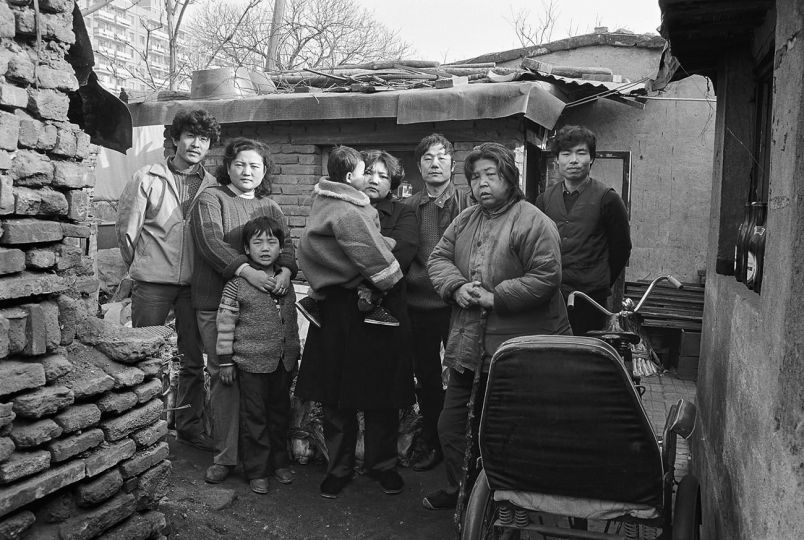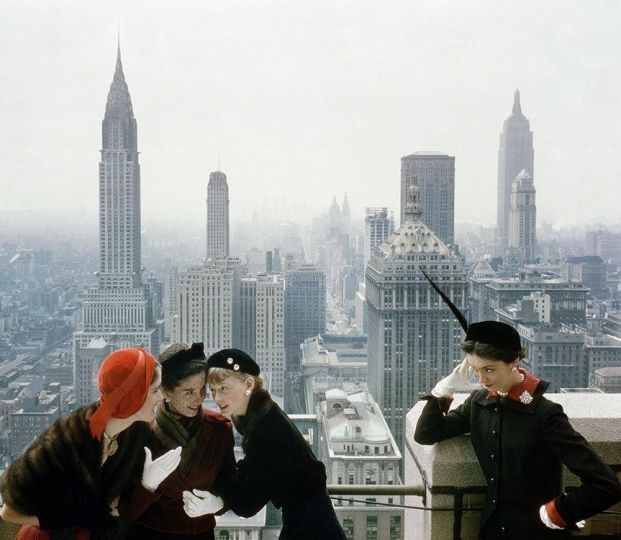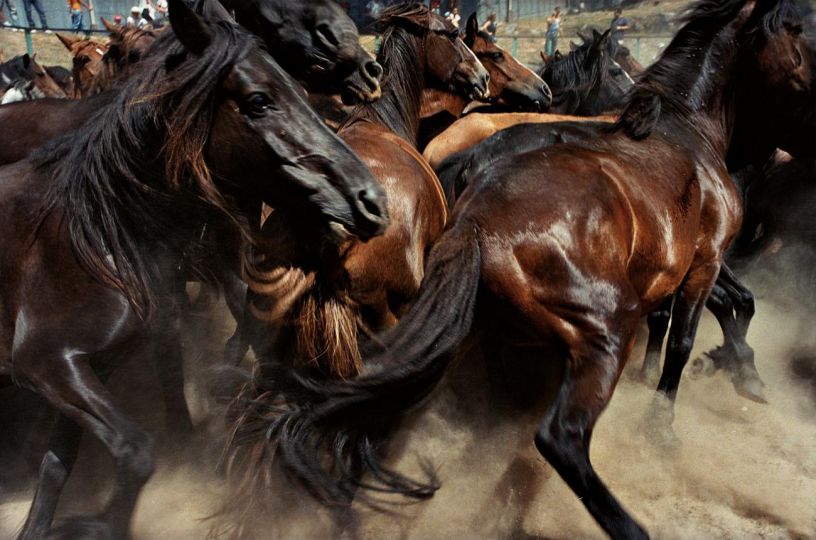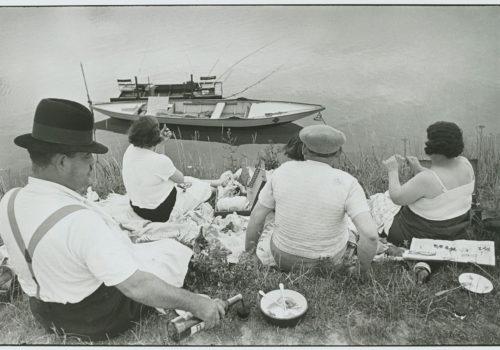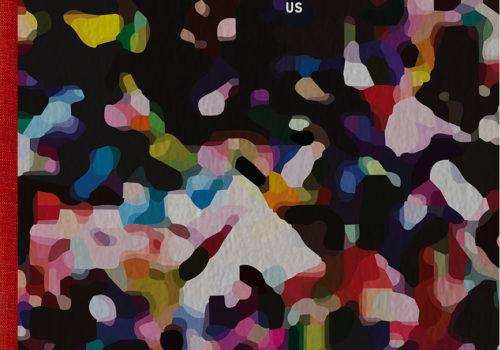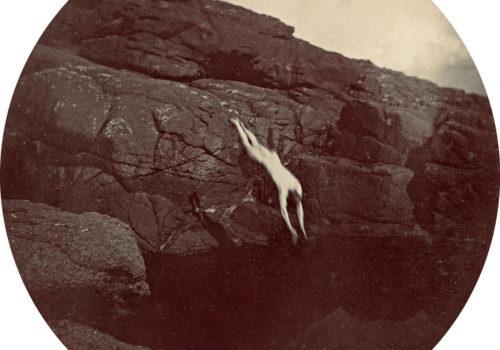The Château d’Eau gallery’s summer exhibition in Toulouse showcases a selection of the work of the American postwar photographer Helen Levitt who, although she never sought fame, is widely acknowledged today as a key figure in street photography.
Helen Levitt dropped out of high school in order to apprentice at a commercial photography studio in the Bronx, where this daughter of Russian-Jewish immigrants mastered the secrets of the darkroom, before photographing her mother’s friends. But the real breakthrough came in 1935, when she discovered and encountered the photographers Henri Cartier-Bresson, Walker Evans, and Manuel Alvarez Bravo during the landmark exhibition Documentary and Anti-graphic Photographs at the Julian Levy Gallery. From then on, like them, she would use intuition as the raw material of her photographs, although she abstained from any forays into photojournalism—out of shyness, she explained, and due to a lack of affinity for the technique.
For almost sixty years, and without ever trying to use her images to construct a story or defend a social thesis, but always with unwavering empathy, she turned the streets of New York into her favorite haunting ground. By surreptitiously mingling with the essential universe of children and their street games, she marveled at the creative energy of their chalk drawings on walls and sidewalks. She captured the poetry of the street in images that are both spontaneous and rigorous, whether they show the solitude of old age or the choreography of daily life.
Recognition was soon forthcoming. She was thirty when Edward Steichen, head of photography collections at the Museum of Modern Art, curated her first solo exhibition in 1943. It featured one of her most reproduced images: three kids about to go trick-or-treating, captured on a doorstep wearing their Halloween masks.
She won admiration among her fellow photographers, including Walker Evans who became her teacher and life-long friend (she accompanied him on the subway when he made portraits with a hidden camera). The writer James Agee was another of her supporters. Together with Janice Loeb they would produce In the Street, a fourteen-minute jewel of a film shot in 1952 and accompanied by Arthur Kleiner’s musical improvisations. It was a moving version of her still images.
In 1959 Levitt began experimenting with color thanks to two Guggenheim Foundation grants. But everything had changed: the streets had been deserted by the locals, who were now planted in front of their television sets. Helen Levitt continued to seek out the hidden face of her native city. A large part of her oeuvre was stolen when her apartment was robbed, but the remaining images and those made in the following years reveal a subtle colorist. Sometimes the compositions grow more complex without losing the frankness and directness of the gaze. While the subject continues to have prime importance, formal research participates in the design, adding to the power and meaning of her photographs. Helen Levitt imposed her own vision of New York seen from below, far from the glamor of success, and true to her credo: “Beauty resides in reality itself.”
John Szarkowski, who succeeded Steichen as an influential curator of photography at MoMA between 1962 and 1991, said of Helen Levitt that “she was unsurpassed.”
EXHIBITION
In the street
Helen Levitt
From June 2nd to September 18th, 2016
Le Château d’Eau
pôle photographique de Toulouse
Galerie 2
1, Place Laganne
31300 Toulouse
France
http://www.galeriechateaudeau.org

